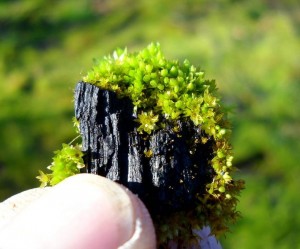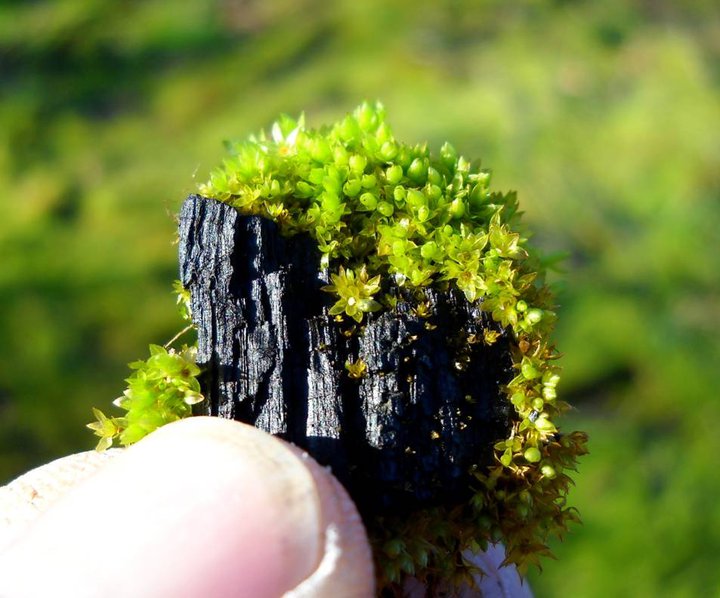Bio-energy with carbon capture and storage (BECCS)
Bio-energy with carbon capture and storage (BECCS) is a greenhouse […]
Bio-energy with carbon capture and storage (BECCS) is a greenhouse gas mitigation technology which produces negative carbon dioxide emissions by combining biomass use with geologic carbon capture and storage.
The concept of BECCS is drawn from the integration of trees and crops, which extract carbon dioxide (CO2) from the atmosphere as they grow, the use of this biomass in processing industries or power plants, and the application of carbon capture and storage. BECCS is a form of carbon dioxide removal, along with technologies such as biochar, carbon dioxide air capture and biomass burial.
According to a recent Biorecro report, there is 550 000 tonnes CO2/year in total BECCS capacity currently operating, divided between three different facilities (as of January 2012).
It was pointed out in the IPCC Fourth Assessment Report by the Intergovernmental Panel on Climate Change (IPCC) as a key technology for reaching low carbon dioxide atmospheric concentration targets. The negative emissions that can be produced by BECCS has been estimated by the Royal Society to be equivalent to a 50 to 150 ppm decrease in global atmospheric carbon dioxide concentrations and according to the International Energy Agency, the BLUE map climate change mitigation scenario calls for more than 2 gigatonnes of negative CO2 emissions per year with BECCS in 2050. According to Stanford University, 10 gigatonnes is achievable by this date.
The Imperial College London, the UK Met Office Hadley Centre for Climate Prediction and Research, the Tyndall Centre for Climate Change Research, the Walker Institute for Climate System Research, and the Grantham Institute for Climate Change issued a joint report on carbon dioxide removal technologies as part of the AVOID: Avoiding dangerous climate change research program, stating that “Overall, of the technologies studied in this report, BECCS has the greatest maturity and there are no major practical barriers to its introduction into today’s energy system. The presence of a primary product will support early deployment.”
According to the OECD, “Achieving lower concentration targets (450 ppm) depends significantly on the use of BECCS“. Source
Related Biochar

